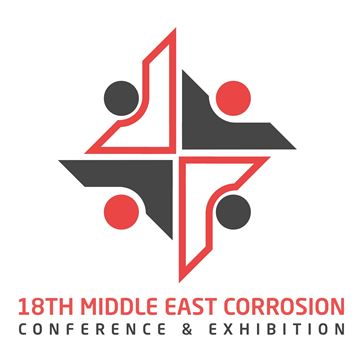Search
AMPP Conference Papers
View as
Sort by
Display
per page
An Environmental Performance Comparison of Premium Vs. Standard Grades Used in Non-Magnetic Drill Collars
Product Number:
51324-20685-SG
Publication Date:
2024
$40.00
An Evaluation of Well Completion Materials for Impure Carbon Dioxide Supercritical Streams in Hydrocarbon Production and Geological Carbon Sequestration
Product Number:
MECC23-20034-SG
Publication Date:
2023
$20.00
An Expanded Characterization of Environmental Severity for Naval Air Stations
Product Number:
51324-20665-SG
Publication Date:
2024
$40.00
An Experimental Investigation of Ductile Material Deformation as a Result of Single Particle Impacts
Product Number:
51323-19438-SG
Publication Date:
2023
$20.00
An Experimental Method for Environmental Assisted Fatigue of 304L Stainless Steel in Simulated LWR Water
Product Number:
ED22-18335-SG
Publication Date:
2022
$20.00
An Exploratory Investigation of the Cracking Susceptibility of Three Corrosion Resistant Alloys under Thermal Cycles and Conditions Exceeding the Traditional NACE MR0175/ISO 15156 Recommendations
Product Number:
51324-20455-SG
Publication Date:
2024
$40.00
An In-Depth Investigation into the Causes of the Performance Variations of Liquid-Applied Pipeline Coatings on Different Types of Abrasives Prepared Surfaces
Product Number:
51323-19561-SG
Publication Date:
2023
$20.00
An Innovative Thermoplastic Coating For CUI Applications
Product Number:
51322-18122-SG
Publication Date:
2022
$20.00
An Insight to the RBI of Corrosion under Insulation (CUI) and Corrosion under Fireproofing (CUF)
Product Number:
51324-21057-SG
Publication Date:
2024
$40.00
An Integrated Probabilistic Approach to Predicting the Occurrence of Atmospheric Stress Corrosion Cracking of Dry Storage Canisters
Product Number:
51323-18893-SG
Publication Date:
2023
$20.00
An Investigation of External Corrosion At Ambient Temperature On Thermally Insulated Pipes Under Ageing Conditions
Product Number:
51323-19350-SG
Publication Date:
2023
$20.00
An Investigation of Failure at Road Crossings for Oil & Gas Pipelines
Product Number:
51324-20753-SG
Publication Date:
2024
$40.00












